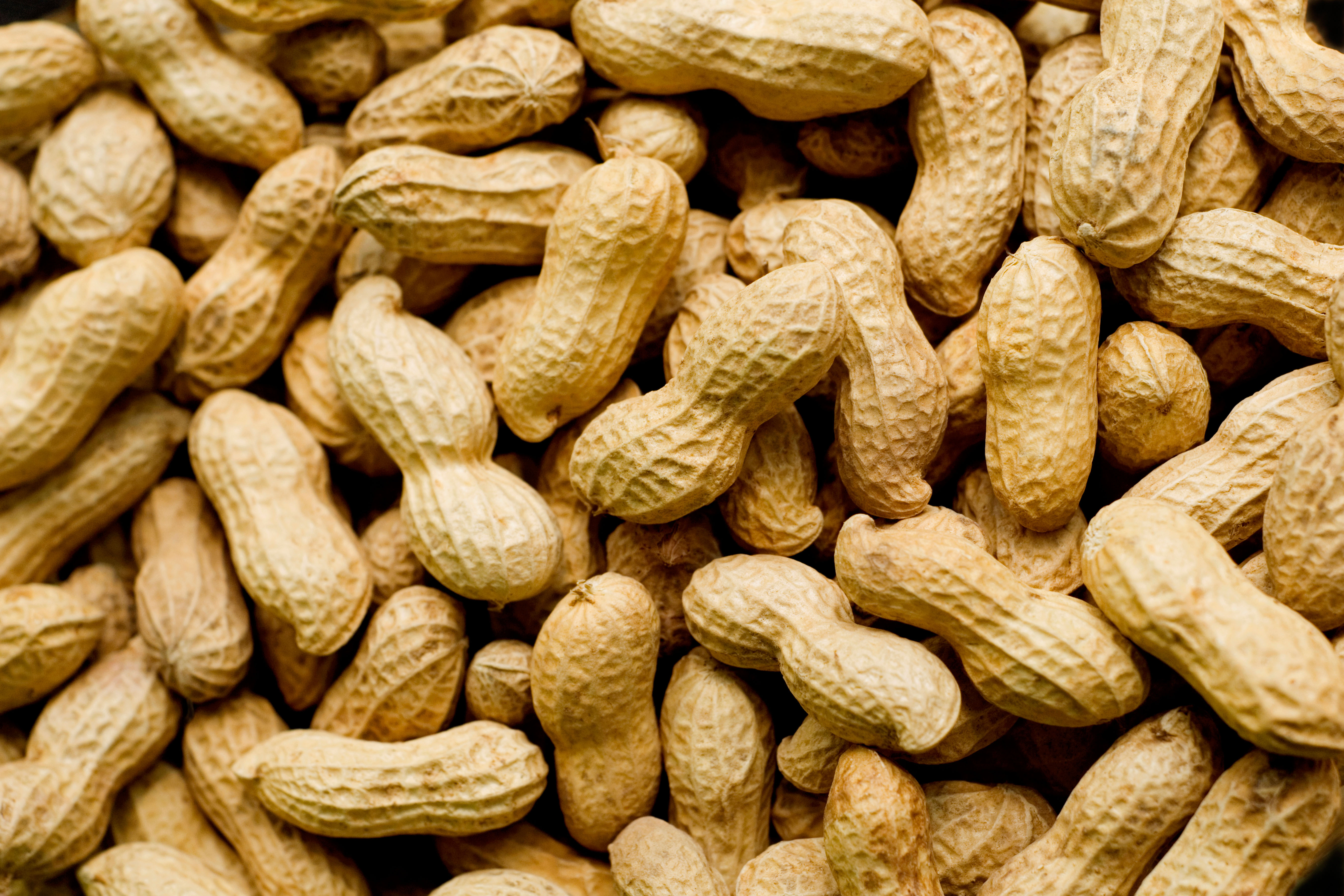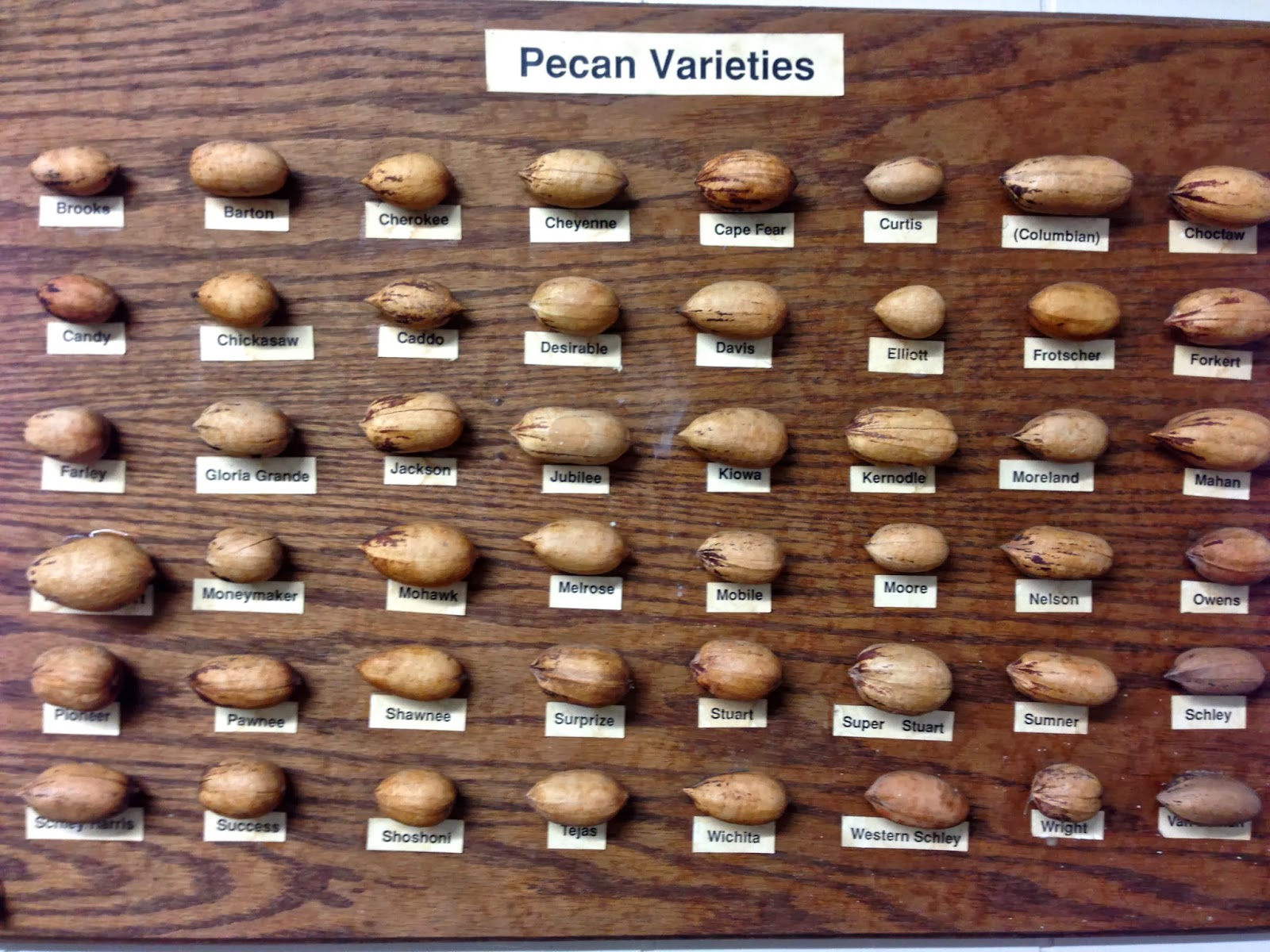Poultry Production in Alabama
Poultry production in Alabama has a very long and storied history, and today it is a thriving enterprise.
It has evolved from a small-scale farm-based operation for just a family during the 18th and 19th century, to something much different today.
There are still small family farms that raise chickens and just use their eggs, but for the most part, they have become farm enterprises.
These farm enterprises started to market their products in the late 19th and early 20th century to commercial industry, and this has exploded ever since then.
In the year 2018, the Poultry production in Alabama was second in the nation in terms of broiler production, as the farmers processed a whopping 21 million birds a week.
This represents about 1.1 billion annually, and the State is just slightly below Georgia for the number one producer in the entire nation.
The consumer demand for both chicken as well as egg products has been the number one reason for this growth.
It is estimated that on average, Americans consume about 93 pounds of chicken meat per year, and about 270 eggs per year.
Today, it is not only a thriving business, but also the MAJOR agricultural business in the entire state.
The History of Poultry Production in Alabama
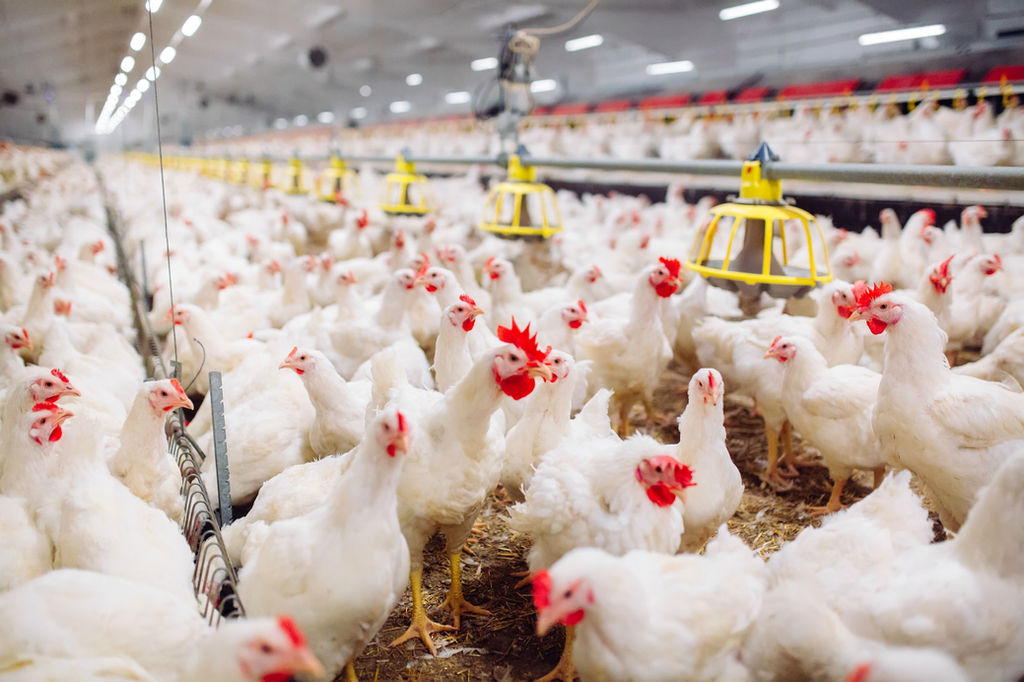 Commercial Chicken Plant in Alabama
Commercial Chicken Plant in AlabamaThe history of Poultry production in Alabama all started as European Americans started to settle in what would become the State in the 17th and 18th centuries.
They brought the poultry with them, and their focus was only on hardy breeds that had been developed on European farms.
They developed these breeds primarily for the eggs, and the chickens would be used for meat when the hens were too old to produce any more.
As the state evolved into 19th and early 20th century, these multi-purpose chickens dominated the state’s agrarian economy.
An agrarian economy is best described as a type of economy that relies of agricultural production, and the major factor other that the chickens, is the land.
The climate and well as how they are fertilized also places a major role, and the state of Alabama would have both with the invention of fertilizer.
On these family farms, these early households did not keep a lot of chickens, and would feed them table scraps.
Thye would produce about 30 eggs per chicken per year, and in these early formative years these would be described as “yard birds”.
On the typical early family farm, the women and their girls tended the birds, and this was considered a basic study in schools as home economics.
They raised these chickens and eggs not only for food for their family, but to also generate some income.
These family hens produced for most of their life span, and when this was over, their meat became a supper.
It was also the beginning of the “poultry production in Alabama”, and the stage was set for the technology and commercial enterprises that would soon follow.
This type of production had been a staple of the communities for centuries, but in Europe it was a little different.
Fowl was the major focus, and this included geese, ducks, turkey, as well as chickens.
Thye all served as sources of both eggs and meat.
However, in early America turkeys and chicken dominated, and in the state of Alabama, chickens have been the predominate poultry.
The Development of the Poultry Production in Alabama
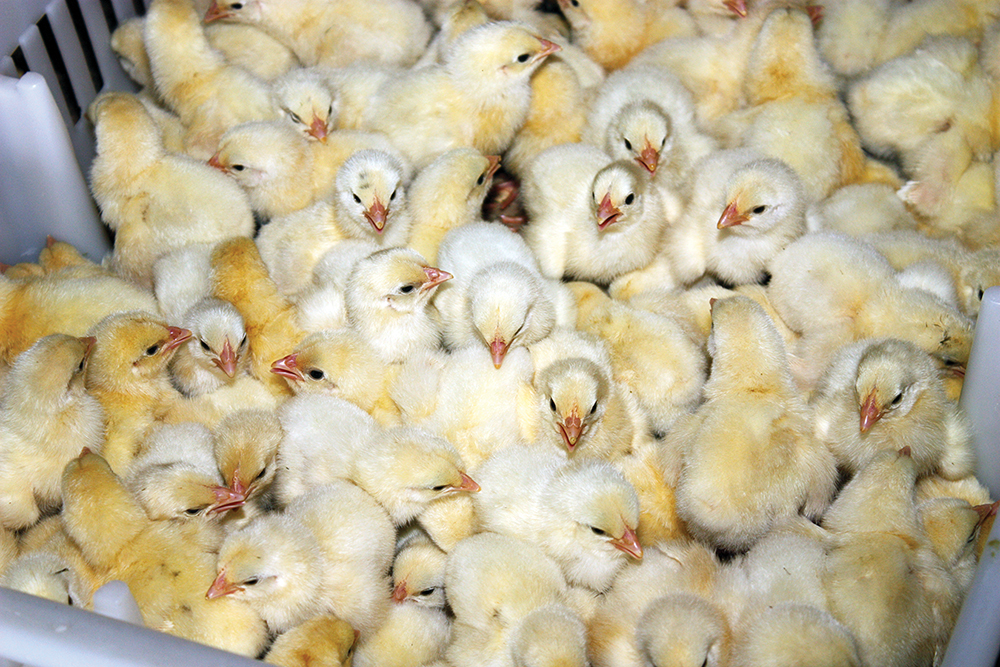 New Chicks
New ChicksThe development of the Poultry production in Alabama increased as we entered the 20th century and was focused on egg production.
In the decade of the 1910’s, as the country’s economy started to grow, farmers as well as businessmen saw the potential for a commercial business, and the State’s commercial egg industry began.
With the help of the earlier federal Morrill Agricultural Land Grant College Act, as well as the Hatch Act, the federal government established research facilities and other programs.
The two main institutions for Alabama were what is now the University of Auburn, as well as Tuskegee Institute.
Tuskegee Institute led the way, as it offered vocational training in “poultry husbandry” for both men and women.
This early research brought the farmers new procedures on several things including the following:
- Breed Selection
- Breeding Practices
- Brooding Techniques
- Housing
- Feeding
- The Correct Artificial Lighting
- Marketing and Record Keeping
These efforts shifted the poultry production from a family business to a commercial, research-based industry.
As a result, the egg industry expanded between 1920 and 1940, when egg production grew to over 500 million eggs.
But that was just the beginning, as by 1980 it had reached a peak of 3.3 billion eggs.
Poultry Production in Alabama and the “Broiler” Industry
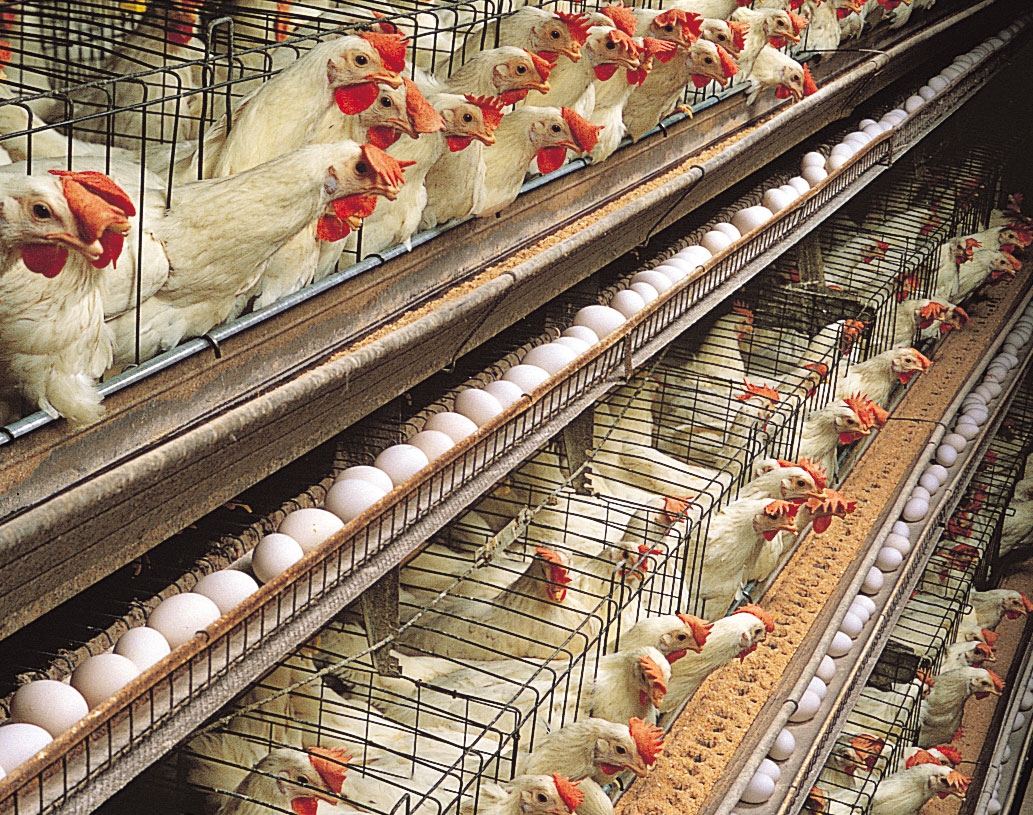 Chickens and Eggs in Alabama
Chickens and Eggs in AlabamaThe “Broiler” soon became the focus as egg production moved to commercial, and “broiler” was adopted to describe the types of chicken raised for meat.
It really started to grow in the 1950’s, and by 1955 there were over 50 million broilers produced in the state.
In the year 2018, the State of Alabama was second in the nation for “broiler” production, processing over 21 million birds each week, or about 1.1billion annually.
This business has become so large that there are over 30 poultry plants in the state.
Some of these plants are located in Jasper, Dothan, Guntersville, Sylacauga, Albertville, and Blountsville.
There are also plants in Madison, Decatur, Russellville, Cullman, Tuscaloosa, Union Springs, and Montgomery.
Poultry production in Alabama today generates more than $ 15 billion in revenue each and every year.
It accounts for more the 65% of all the farming revenue, and 10% of the entire State’s economy.
It has truly been one of the success stories for this historic state.
References
http://www.encyclopediaofalabama.org/article/h-1650
https://projects.propublica.org/chicken/states/AL/

Alabama Gift Store
Numerous Items for You and Your Family to Enjoy
See it here at the Gift Store
Copyright 2019-2023 Alabamabackroads.com
All Rights Reserved

